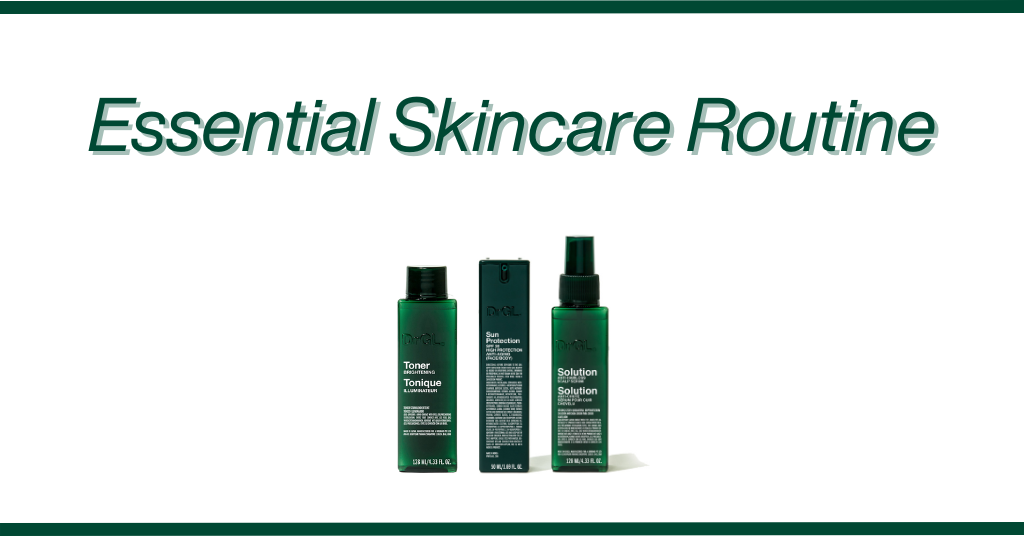
Combat Hair Loss and Perfect Your Maintenance Routine
July 26, 2022
How To Maintain A Healthy Scalp In Hot Summer Weather
July 26, 2022Some work in tandem to give you better skin while others might cause more issues when used together
Some things in life go hand in hand: think warm toast and melted butter, Netflix and your bed, BTS and army.
The same goes for skincare ingredients. Some are just made to work with each other to give you better results.
For instance, vitamins C and E complement each other because the former is an antioxidant and the latter hydrates skin – and both functions have the common goal of giving you plump, radiant skin. While they can be found together in one skincare product at times, what’s more common is to use a Vitamin C serum and then a Vitamin E moisturiser.
If you have acne-prone skin, benzoyl peroxide and salicylic acid can help cure blemishes and zap out excess oil, which is why you sometimes find both of these in a cleanser for blemish-prone, oily skin types.
There are also odd couplings that work surprisingly well together: retinol and hyaluronic acid. While they may not look like they belong together in the first place, it makes sense to put them in the same skincare because retinol can have a drying effect that can be balanced out with moisturising hyaluronic acid.
On the contrary, there are ingredient combinations that you should never use, whether in a single product or in separate skincare.
Dr Georgia Lee, our brand founder and medical doctor, says some of these incompatible combos include alpha-hydroxy acids (AHAs) with hydroquinone and/or retinoic acid for targeting pigmentation, and also benzoyl peroxide with retinoic acid for acne management.
This is because retinols are already very potent and can cause skin to peel, so does benzoyl peroxide and AHAs. Use both at the same time and you are looking at double the peeling and flaking. Ouch!
Says Dr Lee: “If you use ingredients that are potentially irritating on skin, this degree of irritation can be increased if you combine both ingredients. It is best to space out such ingredients at different times.”
Similarly, don’t mix retinol with alpha-hydroxy acids (AHAs). Why? Retinol’s job is to stimulate cell turnover with a “peeling” action and AHAs also have an exfoliating effect. You don’t want to be stripping away too much of your skin’s barrier function. And even if you have normal skin, pairing certain ingredients can cancel out their benefits, like Vitamin C and niacinamide.
The problem is most of us may not know what goes best with what or what wrecks havoc on our skin… until it starts turning red and flaky or feels warm and stingy.
If you are starting on a couple of new products with different key ingredients, Dr Lee says try to spread out the application, one in the day and one at night. Another tip: apply a moisturiser before the new product as the moisturiser can reduce the latter’s side effects, if any. Do this until you are confident that your skin is OK with the new product and its active ingredients.




